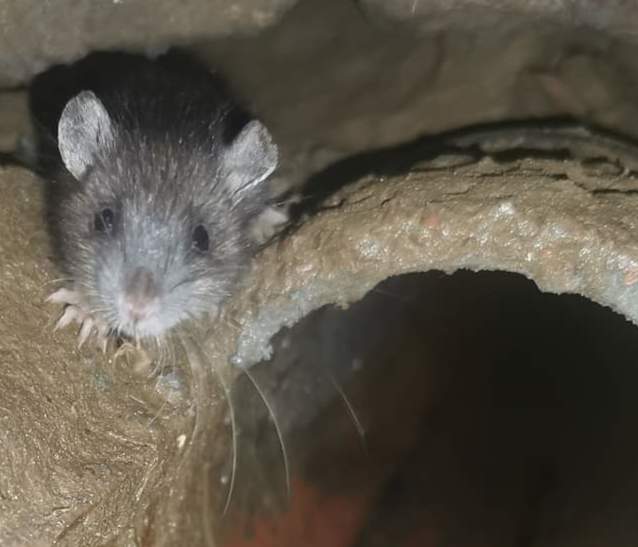How do rats get from my drains into my loft?
Posted on 17th January 2023 at 16:18
How do rats get from the drains into the inside of my house?
Rats are our most numerous pest species that we are called out to, especially in Reading and if I had to give you a breakdown on how rats get into houses and businesses across the town, easily around 60% of all the rat jobs we do, originate with a problem with the drainage system somewhere under the house.
This is something that I often try to explain to the customer at the time using badly drawn sketches along with stickmen and stick rats, so rather than carry-on this way, I have put together this blog in order to better describe the problem.
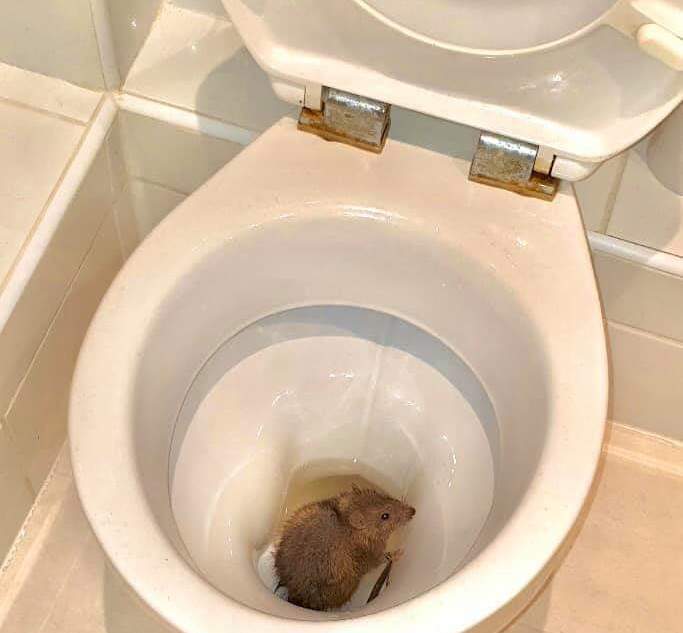
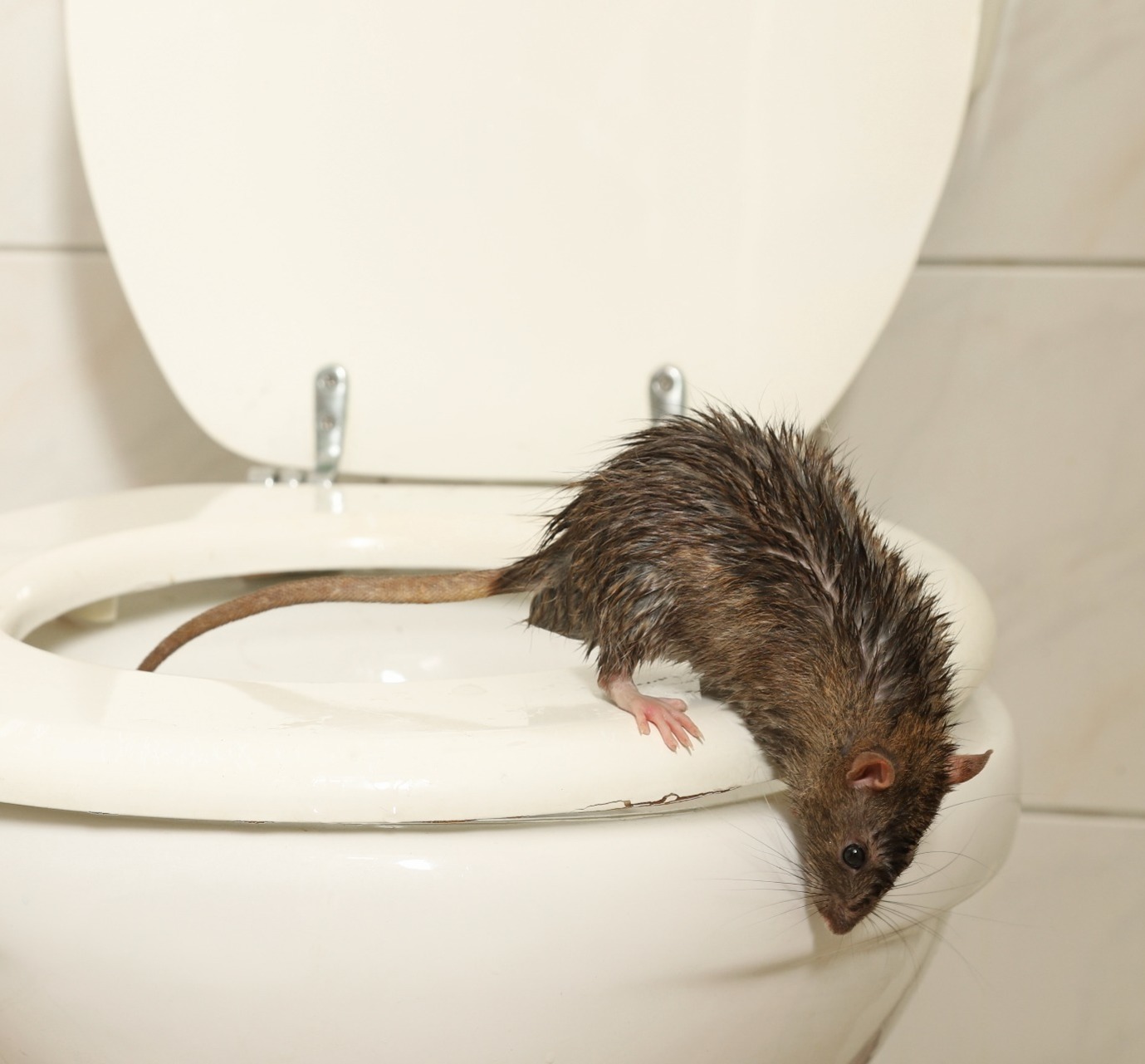
Drainage materials and how rats get through
With the exemption of those houses with a cess pit, every property in the UK is connected to the mains sewerage drainage system, no matter whether it’s a flat, a detached house or a semi-detached bungalow or even a commercial premises, all buildings connect with each under through a network of hidden pipes underground.
This network of different sized pipes constructed from a range of materials can all be used by rats as a means of travelling around, safe and hidden from sight. The contents of those drains is also a source of food and water for rats and will be around 5 degrees higher in temperature that the outside air, any disused sections that are dry make ideal nesting sites and so our Number 1 pest has everything they need to survive.
Depending on the age of your property your drainage pipes will range from cast iron to plastic, here is a quick rundown on the different materials used in drain construction:
Concrete
Concrete is a strong material and we find these on larger developments, the most common problem we encounter with these type of systems is that there are drilled holes in the large cast vertical rings for lifting hooks. Because of the size and weight, they require heavy duty equipment to lift them into place; later on rats will find their way out of the drains when these holes aren’t filled in.
Vitrified clay
This material is really common and we find these just around everywhere, because of the short length and the many joints, these are prone to ingress from tree roots and will easily break where there is ground subsidence or movement. Towns like Woodley and Winnersh seem particularly prone to problems with these pipes with the subsequent rat issue that you get with collapsed drains.
Pitch fibre
Someone thought it was a good idea to make drainage pipes out of a type of bitumen and this really soft material is prone to collapse, blister and buckle inwards and if that wasn’t enough, pitch fibre has no resistance to rats teeth. These were in use from the late 1950’s to the early 1970’s and we see a lot of problems with this material, when it comes to rats – soft is not good.
Cast iron
Its very rare to find these and the only place that I know that has subterranean cast iron drains is in Winnersh where we have a very active rat problem. On older houses we usually find the exterior vertical service pipe or stink pipe is made from cast iron and as these corrode with age, the insides take on a rough inner finish which is ideal for rats to climb up and get onto the roof of the property.
Asbestos
Another seemingly good idea was to use asbestos in many building products and some vertical service pipes are made out of this hazardous material. The main problem with asbestos is that although strong, it is quite brittle and we see many cases where the base of the pipe has been broken either by accident of from the action of a heavy handed workman.
Plastic
I would say that every single modern building and new extension has plastic pipes, these are come in long lengths, and they are incredibly strong, so the pipes withstand any amount of ground movement. The main problem with plastic is that it’s a soft material and rats will gnaw through it easily and most problems arise due to poor installation or where plastic joins to another material.
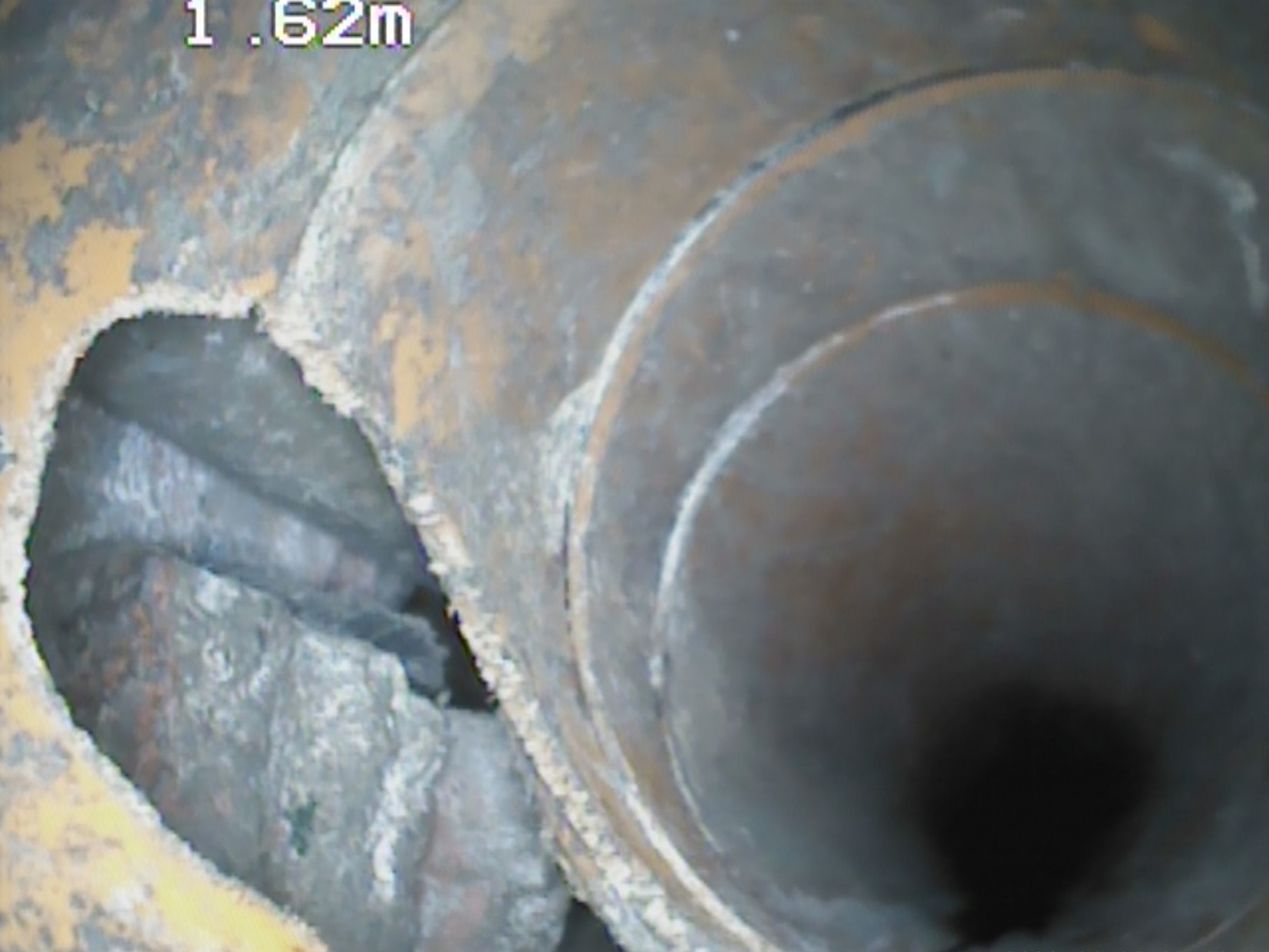

How do rats get from the drain to the loft?
So, how do rats get from the drains which are deep underground into my loft which is at the top of the house? In older properties we will see the vertical section of the drains; the bit that connects to the back of the toilet – the service vent pipe or stink pipe as plumbers call it, as external metal or asbestos pipes that are bolted onto the outside of the building.
In more modern times, builders started to move these inside the walls and run them up through plasterboard box sections and you’ll see the end of the pipe which sticks up out of the roof. So we now have a connection from the sewer to the top of the house and we’ll explain how rats use this.
There are two ways rats can use this connection – the first is by climbing straight up the pipe and it doesn’t matter what material the pipes made of, we see rats exiting through toilet bowls all the time – now you know why your mum told you to put the lid down when you’ve finished!
The other way and this is for those properties where the pipe runs through the walls and vertically internally, there’s a break somewhere and rats are simply climbing up and out of the drain; pipework or inspection pit, it doesn’t matter, and following the line of the drains through into the cavity wall.
Where does the cavity go? Up into the loft.
As I said at the start, around 60% of all our rat work that we do and this includes a simple case of rats in the garden, originates with a problem from the drains, we will often see gravel and rubble in the base of the drainpipes. This is an indication that there is some sort of fault that has allowed rats to dig their way out from the drain; over time this loose material gets washed, so it may not be obvious on first inspection.
Therefore, whenever we have an internal rat infestation, even if it’s a simple garden job, we look into the drains to see if there is rat activity. Having a good working knowledge of the areas in which we work and the levels of rat activity in the drains, sometimes allows us to go straight to the drain and find the fault, rats and drains make the perfect combination.
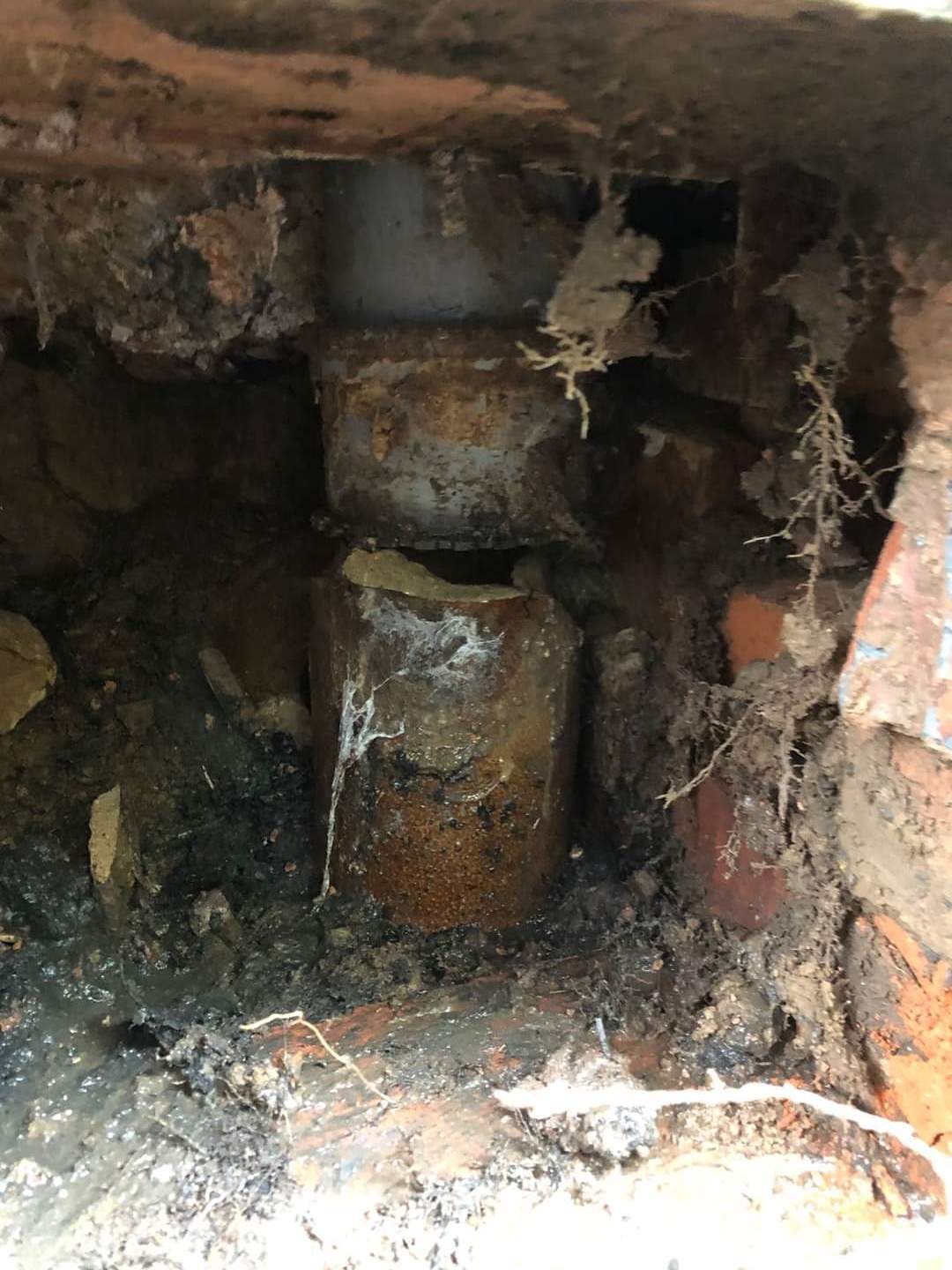



Tagged as: Drain Surveys, Rats and mice
Share this post:







